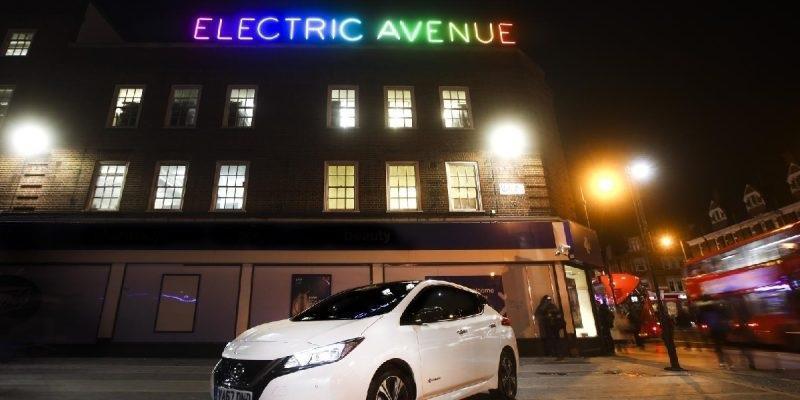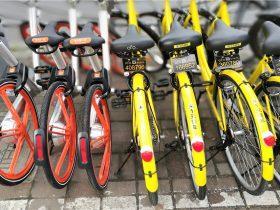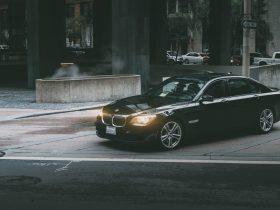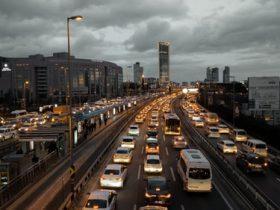by Siegfried Mortkowitz
Although global sales of plug-in vehicles are forecast to comprise only about 2% of global new car sales for the year 2018, and EVs make up only 0.2% of all light-duty passenger vehicles on the world’s roads today, the market continues to grow and major carmakers are increasingly committing assets and production capacity to the manufacture of EVs.
For example, Porsche has set a goal of making half of its cars electric by 2023, while General Motors, Toyota and Volvo have all set a target of one million EV sales by 2025 and BMW announced that it will offer no fewer than 12 fully electric models by that same year. Clearly, these and other car manufacturers with similarly ambitious EV plans are expecting a growth in global demand, which has so far been stifled by several factors, including cost, an immature charging infrastructure and, perhaps most important, a lack of consumer familiarity with driving an EV.
At the same time, car-sharing is also making inroads in the mobility ecosystem. For instance, Daimler’s car-sharing subsidiary car2go announced that it surpassed the watershed of three million members globally in January, while reporting a 30% increase in its membership for the year 2017. In a statement, car2go CEO Oliver Reppert said: “Studies project that the number of people who car-share will increase fivefold over the next few years.”
Carmakers and other car-sharing providers are now increasingly adding EVs to their fleets as cities, particularly in Europe are increasingly limiting access to their centers. In a move that may portend the future of car-sharing, Chinese ride-hailing giant Didi Chuxing is establishing an EV car-sharing service with 12 automakers, including local partners of Ford and the Renault-Nissan-Mitsubishi alliance, Reuters reported. Mobility providers are apparently beginning to see the advantages to combining the two mobility options.
According to a report by the German national association of car-sharing providers, the Bundesverband Car-Sharing e. V. (BCS), EVs and car-sharing are a perfect fit, with potential synergies that could help both mobility segments grow. “The opportunity to use sustainable energy to propel electric vehicles goes well with the ecological requirements of the classic car-sharing offer,” the BCS writes in a position paper. “The disadvantages of electric vehicles with regard to range and vehicle size are not relevant for car-sharing.”
The BCS goes on to say that “electric vehicles in the car-sharing fleets are helping to further cement car-sharing’s green image and, conversely, increase its public visibility.” This works both ways, according to the BCS, which notes: “Electric vehicles are currently too expensive for many households to purchase as privately used cars … Electric cars in the car-sharing fleets can thus tap new customer segments through car-sharing, segments which previously saw no need there.”
One company that has taken full advantage of this synergy is the Paris-based Blue Solutions, a subsidiary of the Bolloré Group. Serge Amabile, the executive sales director for Blue Solutions, believes this mobility partnership is a win-win opportunity. “Because of increasing congestion in big cities, car-sharing is a trend that every city will have to implement, in order to reduce car ownership and the number of cars on the road,” he says. “Sharing cars is a must-do and because of pollution, car-sharing will have to go electric as well. We are hoping that car-sharing will familiarize consumers with EVs.”
Blue Solutions produces EVs exclusively for its own car-sharing service. Amabile says it also produces charge points, constructs the entire charging infrastructure and provides the IT systems. “We can do everything from A to Z to set up and run a 100-percent-electric car-sharing system. And we produce the batteries as well.” In fact, the sale of the batteries is the focal point of the company’s business model. “The purpose of the company called Blue Solutions, which is listed on the Paris stock exchange, is to produce lithium metal polymer (LMP) batteries,” he explains. “We want to show the world that this battery is safer, and more robust, solid and reliable than any other lithium ion batteries. We put these batteries in all our vehicles – cars and electric buses. This is why we went into car-sharing, because at the very beginning we had the battery and we wanted to show everyone that this battery can be used in cars and buses.”
The company’s LMP battery and power train are currently powering the Citroën electrical off-road compact SUV E-Méhari. In addition, Blue Solutions currently has more than 6,000 EVs in eight car-sharing schemes around the globe – in Paris, Lyon and Bordeaux in France, Turin in Italy, London, Los Angeles, Indianapolis and Singapore. It also has some 6,200 charging points in and around Paris and it provides its car-sharing charging infrastructure, via a subscription fee, to owners of all EVs, easing the way for major carmakers to market their electric passenger cars.
“This is why when BMW launched its i3, the very first billboard campaign in Paris read ‘BMW is connected to Autolib’ [the city’s Blue Solutions car-sharing service],” Amabile says. “This is very important for all manufacturers of EVs, because they can tell their customers that if they are not sure of the range, they have more than 6,000 charge points around the Ile de France. This is important because it is one of the things people worry about when buying an EV.”
Blue Solutions believes that its future success is tied to the growing popularity of electric car-sharing. As Amabile puts it, “The more popular e-mobility gets, the more batteries we will sell. Car-sharing is a means for us to demonstrate the reliability and the safety of the battery, and this is very important for us.”

Shares
What’s your reaction?
Shares
admin


















